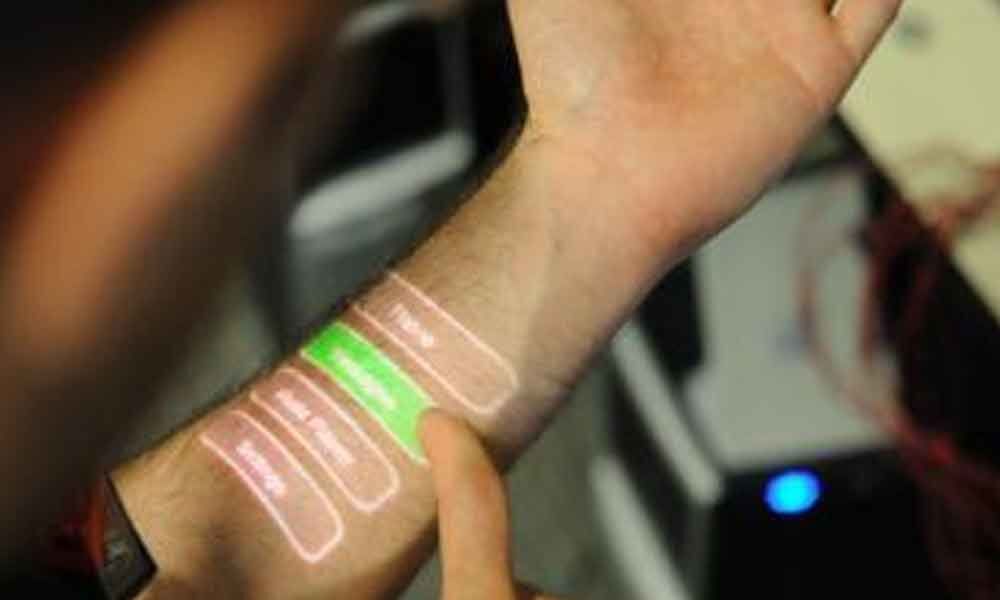Scientist developing wearable sensors to sniff out health problems from sweat

The scientists hope the process could bypass the need for more invasive procedures and provide real-time updates on health problems.
Scientists are developing a wearable skin sensor that can detect what is in your sweat.
They hope that monitoring perspiration could bypass the need for more invasive procedures like blood draws, and provide real-time updates on health problems such as dehydration or fatigue.
In the study published in journal 'Science Advances' the team described a new sensor design that can be rapidly manufactured using a "roll-to-roll" processing technique that essentially prints the sensors onto a sheet of plastic like words on a newspaper.
They used the sensors to monitor the sweat rate, and the electrolytes and metabolites in sweat, from volunteers who were exercising, and others who were experiencing chemically induced perspiration.
"The goal of the project is not just to make the sensors but start to do many subject studies and see what sweat tells us I always say 'decoding' sweat composition," said Ali Javey, a professor of electrical engineering and computer science at UC Berkeley and senior author on the paper.
"For that, we need sensors that are reliable, reproducible, and that we can fabricate to scale so that we can put multiple sensors in different spots of the body and put them on many subjects," said Javey, who also serves as a faculty scientist at Lawrence Berkeley National Laboratory.
The new sensors contain a spiralling microscopic tube or microfluidic, that wicks sweat from the skin. By tracking how fast the sweat moves through the microfluidic, the sensors can report how much a person is sweating or their sweat rate.
The microfluidics are also outfitted with chemical sensors that can detect concentrations of electrolytes like potassium and sodium, and metabolites like glucose.
To better understand what sweat can say about the real-time health of the human body, the researchers first placed the sweat sensors on different spots on volunteers' bodies including the forehead, forearm, underarm and upper back and measured their sweat rates and the sodium and potassium levels in their sweat while they rode on an exercise bike.
They found that local sweat rate could indicate the body's overall liquid loss during exercise, meaning that tracking sweat rate might be a way to give athletes a heads up when they may be pushing themselves too hard.
They also used the sensors to compare sweat glucose levels and blood glucose levels in healthy and diabetic patients, finding that a single sweat glucose measurement cannot necessarily indicate a person's blood glucose level.



















